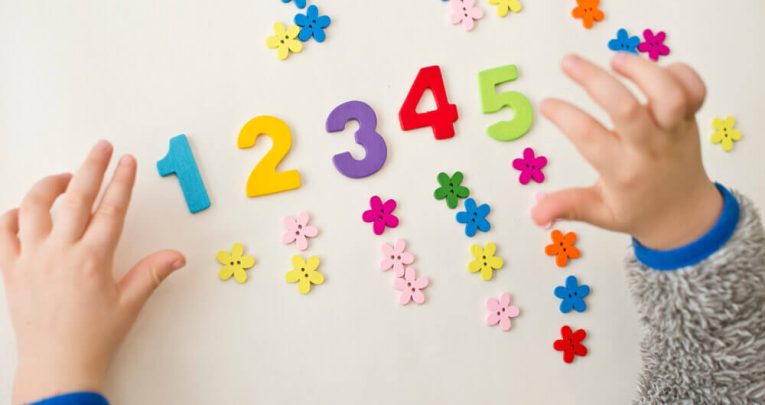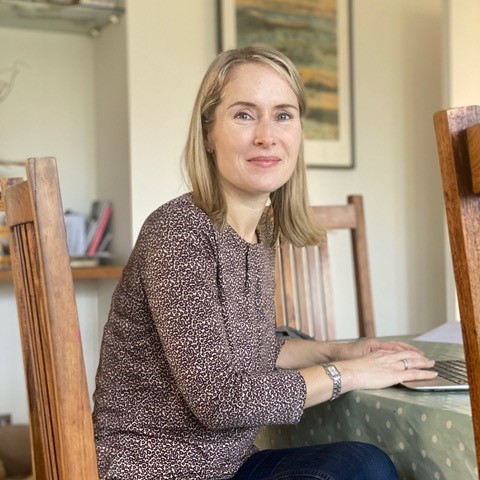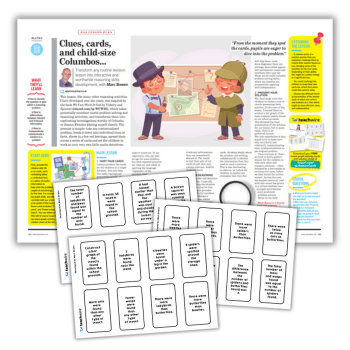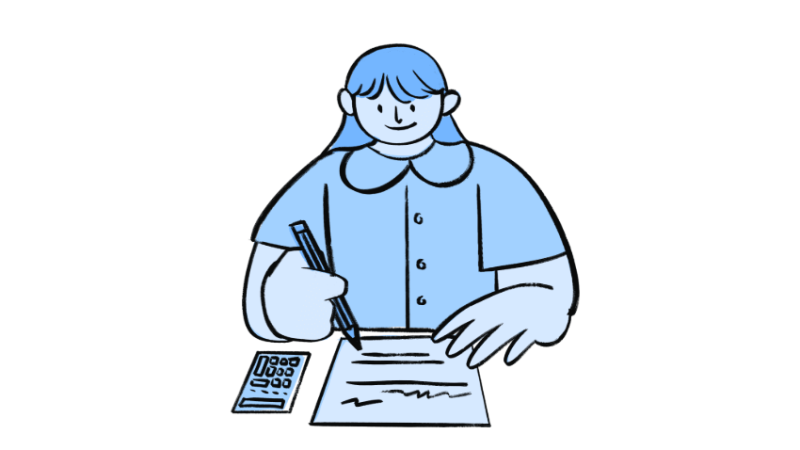EYFS maths – How Development Matters 2021 supports SEND pupils

Liz Hawker argues that the ‘less is more’ approach to number in the new EYFS Framework will pay off for SEND pupils…

- by Liz Hawker

“Less or more?”
Hands shoot up, some keener than others to judge if the quantity in the image is bigger or smaller than its colourful counterpart.
“That’s right, Jack, it might be bigger but it’s actually less.”
If the same ubiquitous maths question had been asked of the Department for Education and this term’s new EYFS Framework, Development Matters 2021, their answer would have taken most practitioners by surprise: there should be less continuous evidence gathering and, when it comes to numberwork in maths, less content.
Gone is the expectation that five-year olds would be confident from numbers one to 20; in its place, a recommendation to help children ‘develop a deep understanding of the numbers to 10, the relationships between them and the patterns within those numbers.’
It’s no surprise teachers have come to expect demands for more. This is a new direction against the steady tide of more exam content and the extension of GCSE grades from one to nine, held by many school leaders as a backwards move for SEND.
So, what’s the trade-off? Depth in place of quantity – a step forward for pupils with dyscalculia and many other SEND learners.
Finally, there is an opportunity for overlearning. The touchstone of 10 is aspirational, not a milestone to be forced: understanding of numbers and their composition is critical, with bonds to five to be cemented before moving onto anything larger.
Debbie Morgan, director for primary at the National Centre for Excellence in the Teaching of Mathematics (NCETM), welcomes the move:
“The whole thrust of mastery is about securing understanding of concepts and structures before moving on to bigger numbers,” she says. “That’s why, in all our Early Years and Key Stage 1 programmes, there is a significant focus on developing deep knowledge of numbers to 10.”
Difficulty with number
Counting and number concepts might seem the stuff of nursery rhymes – but for the 5% of learners with dyscalculia and 10% with specific learning difficulties, it is anything but easy.
At the most extreme end of maths difficulty, learners of all ages struggle with numerosity – the concept of how many – and subitisation, the ability to recognise the number of objects in a group without counting them.
So, how can we interpret the new guidance and maximise the benefits of maths for our SEND learners?
Keep it real
Everyone uses 3D, tangible resources in EYFS, but it’s important not to resort fully to digital or visual representations of number in KS1 and KS2.
Touching and moving manipulatives is still essential to cement numerosity and for learning concepts of calculation.
It pays off to bring quantities to life in as many different shapes, orientations and sizes as possible – not just with Cuisenaire rods and Numicon, but glass beads, washing lines pegs and pebbles from the beach (anything goes).
Set investigative maths tasks outdoors with a counting and problem-solving element to keep numbers real.
Use manipulatives to bring number sentences to life: lay them on a wipeable laminated sheet, writing the operation symbols and equals sign onto around the objects you are adding or subtracting.
Get pupils to create as many of their own number sentences with different quantities as possible in small groups. It’s a low-stakes chance for pupils to grow their confidence and play teacher.
Make counting physical
A common problem with early maths is a disconnect between reciting or singing numbers and counting accuracy: children recite numbers but don’t actually connect them to the objects in front of them, either counting one object as several or ‘jumping’ over several objects but only counting on by one. This is frustrating for pupils who end up with one less than the correct outcome.
Get pupils to touch as they count and encourage them only to say the next number when they are holding the next object; this cements the connection between the number name and the principle of numerosity that is so fundamental.
Make it multi-sensory
Dr Steve Chinn, a leading authority in the field of dyscalculia, cites ‘retaining facts and procedures in long-term memory’ as one of the biggest problems for dyscalculics and other SEND learners. To counter this, make tasks as multi-sensory as possible:
Get pupils tracing number shapes in the air or on tables while saying their names out loud; they also love tracing mystery numbers on each other’s backs and guessing which number it is.
Cut sandpaper into numeral shapes to help learners with visuo-spatial difficulties trace and memorise the orientation of digits effectively.
Play Kim’s Game covering objects with a tea towel after a brief first sighting, but then allow pupils to feel through the material then guess the number beneath.
Vary your language
Dyslexic learners struggle with the wide range of language in maths, even if it seems straightforward. Short, non-technical words become critical in worded problems but are deemed unimportant or missed due to eye-tracking difficulties.
Words like more, lots of, pair, few, none, some and words signalling quantity changes like got off, increased, joined and fewer can be tricky. So, vary the language you use, write it down on the board and write the calculation symbol alongside it so children directly associate the word with its maths implication.
Change the starting number
Another hallmark of specific learning difficulties is trouble with sequencing. Once counting is secure, get pupils used to starting from different numbers.
This promotes efficiency in counting on methods for subtraction and addition. Get pupils to walk and jump forwards and backwards from different starting numbers on a real-life numberline or 100-square on the carpet or playground.
This brings meaning to more abstract representations of calculation before written methods are introduced.
Welcome mistakes
Many struggling pupils enter a vicious cycle of avoidance rather than risk mistakes, reducing their confidence even further.
Dr Steve Chinn believes anxiety is a critical factor in maths learning: “The learning, thinking side of maths is the cognitive domain. The emotional side, which includes anxiety and self-esteem, is the affective domain.
When teaching maths, we need to address the influences of both domains. Whilst saying ‘seven plus eight is 14’ is close to the right answer, the answer is wrong. Children rarely get credit for being almost right.”
So, always praise effort above accuracy. Ask, ‘How did you know?’ and ‘Was there another way?’ to dispel the idea of only one correct method.
Model rough estimates before starting calculation so pupils have a helpful direction to follow as they go.
Thinking out loud is also a powerful tool for teachers to share the thinking process with learners. Deliberately include pauses for processing, model uncertainty, and voice steps in your thinking to open up the process for struggling learners.
Pupils get the message that maths doesn’t come easily and feel better guided.
Let’s welcome this chance to build safety in numbers. And as you embed the new framework in your setting this autumn, save yourself a feelgood moment: the changes you are having to make will set your pupils on track for a more positive relationship with maths and could turn out to be transformative for SEND learners.
Liz Hawker is a SEND specialist, accredited assessor and parent in Kent. She tweets at @hawkerl1.







